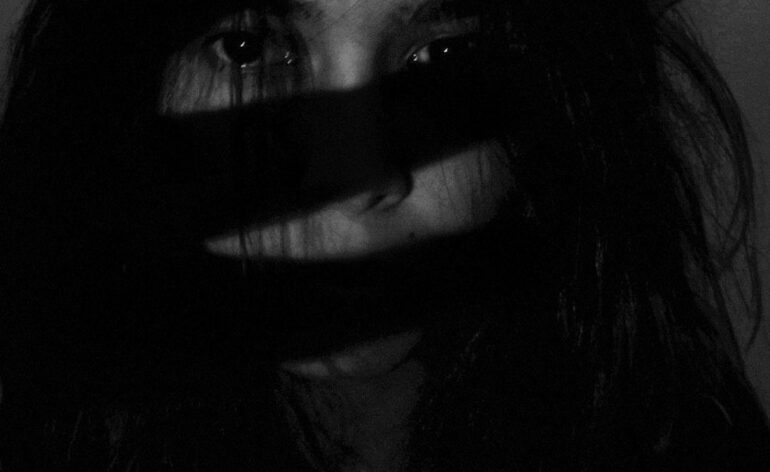Are predictable odds killing the horror genre?
When watching horror movies, your chances of correctly predicting the first victim hover around 52% if you bet on a white female character meeting her demise. This grim statistic reveals more than just a predictable plot device – it unmasks deeply rooted patterns in how horror narratives unfold.
Unlike making bets on your favorite casino app, horror movie survival odds follow strict, unwritten rules that seasoned viewers recognize instantly. These patterns emerge across decades of slashers, supernatural thrillers, and monster features, creating an almost mathematical precision to character elimination.
Consider how horror films methodically sort their victims through carefully crafted archetypes. Your chatty friend who can’t stop cracking jokes? Mark them for doom. That couple sneaking away for a romantic interlude? Their chances plummet dramatically. These aren’t mere coincidences but calculated decisions built into horror’s narrative history.
What makes these patterns particularly fascinating lies in their persistence across different eras, subgenres and cultural shifts. While modern horror occasionally subverts these expectations, the fundamental mathematics of fear remains surprisingly consistent.
Understanding these patterns, you’ll recognize why certain characters face astronomical odds against survival, while others seem almost supernaturally protected by horror’s unwritten rules. Let’s explore why some characters never stood a ghost of a chance, and how unpredictability might be more enjoyable.
Dead on Arrival
Your name alone might seal your fate in horror’s deadly lottery. Characters named Henry or Sarah boast a remarkable 73% survival rate, while anyone unfortunate enough to share Robert’s name faces a grim 20% chance of making it to the credits. Characters named Louis or Pete enjoy perfect protection, maintaining an impressive 100% survival rate across all analyzed films.
Demographic survival rates paint an entirely different picture. White females face a stabbing 52% chance of becoming first victims, while white males follow at 24%. Black characters demonstrate better initial survival odds, with males at 12% and females at 8% first-death rates.
The name “Linda” carries a surprisingly deadly 78% mortality rate, while characters named John appear most frequently in horror films – showing up 31 times with a modest 55% chance of survival. Those named Frank appear in 29 films, holding a precarious 52% survival rate. But these statistics hide another truth – survival doesn’t guarantee safety in sequels.
These rules almost seem set in stone and compared to the thrill of unpredictability (Game of Thrones springs to mind) we are left easily betting on who’s going to snuff it next.
Personality traits will also mark characters for doom – more reliably than any cursed artefact will. Chatty individuals rarely survive their verbose tendencies – their constant talking prevents them from hearing approaching danger it seems.
Comic relief characters also face particularly brutal odds unless appearing in horror comedies. Their tendency to crack jokes at inappropriate moments virtually guarantees a bloody death. Similarly, sexually active characters rarely survive their romantic encounters, while those displaying moral transgressions meet swift justice at the killer’s hands.
Of course, modern horror occasionally subverts these tropes but largely maintains these unwritten rules of survival, reflecting deeper societal attitudes about morality and punishment in our collective storytelling. More than that, they stick to an element of predictability. Something which might not be the thrill we’re after.
Horrifically Predictable Odds
If you think about it, a real thrill lies in facing truly random chances rather than following horror’s well-worn paths. Going back to my earlier comparison, modern casino gaming delivers unpredictability with fairness – something no horror director can guarantee. This selection tells you all you need to know about odds, casino games and bonuses, and how they are implemented across the industry.
Consider how leading online casinos maintain strict regulatory compliance and transparent odds calculations. Their sophisticated systems create genuinely unpredictable outcomes, offering authentic excitement that horror’s predictable patterns can’t match. Modern gambling platforms provide detailed statistics about winning possibilities, while horror films stick to a strict formula about who lives or dies.
They also offer dynamic odds that shift based on real-time data, creating engaging experiences through innovative gaming mechanics. Meanwhile, horror continues recycling predictable patterns – athletic characters survive 35% longer than their unfit counterparts, while those wearing red clothing meet their demise 40% faster. Such approaches pale against casino gaming’s mathematical sophistication.
Unlike horror’s rigid rules about investigating strange noises (89% mortality rate) or splitting from groups, casino games provide legitimate chances for strategic thinking and skill development.
These platforms combine mathematical precision with genuine entertainment value, offering something horror’s predetermined outcomes cannot – true suspense and the authentic possibility of beating the odds through informed decision-making.
Final Girl Standing
Horror’s most enduring archetype, the Final Girl, represents more than just survival – she embodies transformation through trauma. Your chances of identifying her early stem from distinct characteristics that horror films consistently reward. These survivors demonstrate keen perceptiveness, spotting danger signs their ill-fated companions ignore. Their moral compass remains steadfast while others succumb to temptation, yet modern iterations have evolved beyond simple puritanical stereotypes.
Today’s Final Girls showcase resourcefulness and raw intelligence rather than mere virtue. They’ve traded passive survival for active resistance, crafting weapons from household items and turning their environments into deadly traps for their pursuers. This evolution mirrors our changing societal values about female empowerment and agency.
Recalling our casino metaphor, this would be spotting your best opponent or the slot machine that’s ready to pay out a jackpot. They’re not easy to see, but they’re the sure winners.
While modern horror continues reshaping these long-established patterns, certain stereotypes persist with surprising tenacity. Have we truly progressed beyond these predictable formulas, or do they satisfy some deeper psychological need? Perhaps these survival patterns endure because they reflect our own hidden biases about who deserves redemption and who merits punishment in society’s grand morality play. Whatever the answer to this, unpredictability should always be considered as the best option for thrills.


